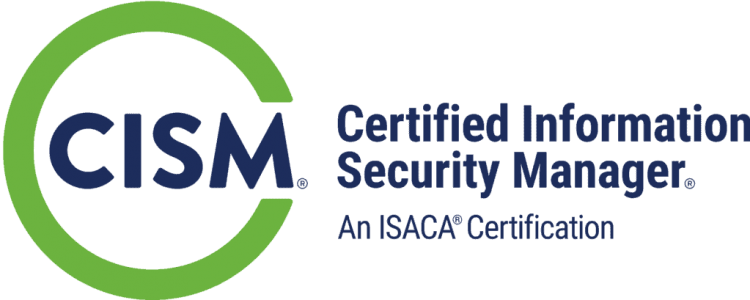
Course Overview:
This bootcamp is a customized course for Cloud Essentials+ and Cloud+ that leverages 8 days to provide greater value than just the delivery of two separate courses. The 8 days of instruction prepare the student for the CCSP course.
TechNow has Identified overlap and uses time saved to:
- Introduce hands-on skills (Open Source and AWS)
- Go more in-depth on theory using hands-on to reinforce concepts
- Do exam prep with practice questions
This course covers the knowledge and skills required to understand standard Cloud terminologies/methodologies, to implement, maintain, and deliver cloud technologies and infrastructures (e.g. server, network, storage, and virtualization technologies), and to understand aspects of IT security and use of industry best practices related to cloud implementations and the application of virtualization.
This bootcamp helps prepare students for 2 certifications, CompTIA Clouds Essentials+ and CompTIA Cloud+. After this course students will also be prepared to continue their education by taking CL-315: CCSP – Certified Cloud Security Professional Preparation Seminar .
TechNow has worked worldwide enterprise infrastructures for over 20 years and has developed demos and labs to exemplify the techniques required to demonstrate cloud technologies and to effectively manage security in the cloud environment.
TechNow is a CompTIA partner and uses official CompTIA Cloud Essentials+ and CompTIA Cloud+ curriculum.
Attendees to CL-218: Introduction to Cloud Infrastructure and Operations Bootcamp will receive TechNow approved course materials and expert instruction.
Date/Locations:
Course Duration: 8 days
Course Objectives:
- Learn the fundamental concepts of cloud computing
- Learn the business aspects and impacts of cloud computing
- Differentiate the types of cloud solutions and the adoptions measures for each
- Identify the technical challenges and the mitigation measures involved in cloud computing
- Identify the technical challenges and the mitigation measures involved in cloud computing
- Identify the steps to successfully adopt cloud services
- Identify the basic concepts of ITIL and describe how the ITIL framework is useful in the implementation of cloud computing in an organization
- Identify the possible risks involved in cloud computing and the risk mitigation measures, and you will also identify the potential cost considerations for the implementation of cloud and its strategic benefits
- Prepare to deploy cloud solutions
- Deploy a pilot project
- Test a pilot project deployment
- Design a secure network for cloud deployment
- Determine CPU and memory sizing for cloud deployments
- Plan Identity and Access Management for cloud deployments
- Analyze workload characteristics to ensure successful migration to the cloud
- Secure systems to meet access requirements
- Maintain cloud systems
- Implement backup, restore, and business continuity measures
- Analyze cloud systems for required performance
- Analyze cloud systems for anomalies and growth forecasting
- Troubleshoot deployment, capacity, automation, and orchestration issues
- Troubleshoot connectivity issues
- Troubleshoot security issues
Course Prerequisites:
- Security+, Network+ or equivalent experience
- Managing or administering at least one of UNIX, Windows, Databases, networking, or security
Comments
Latest comments from students
